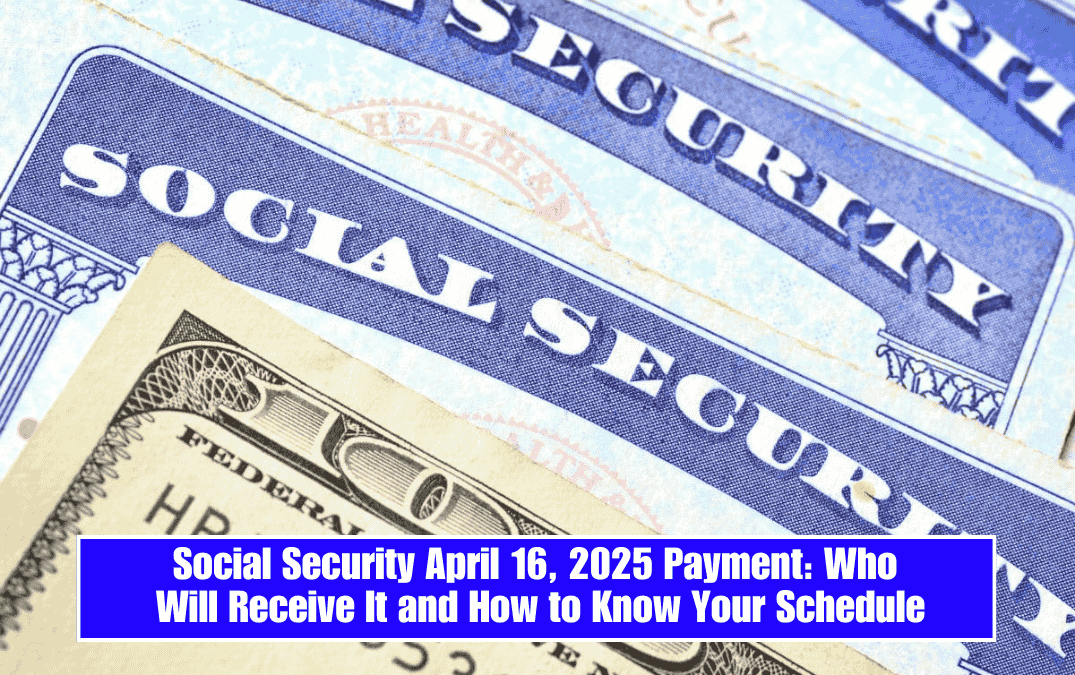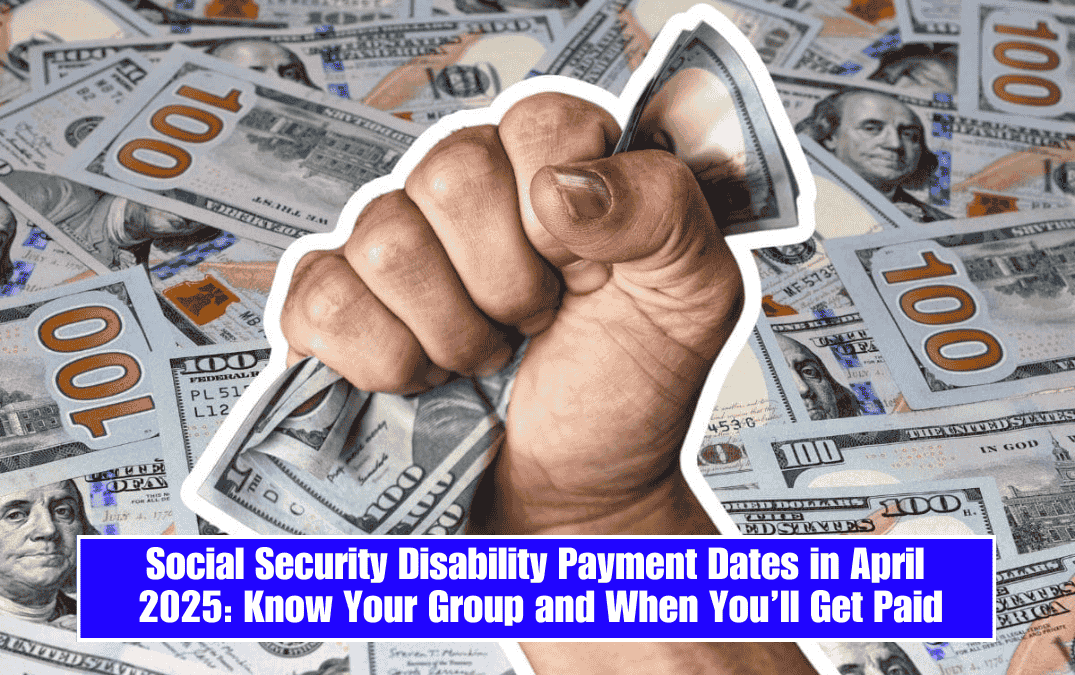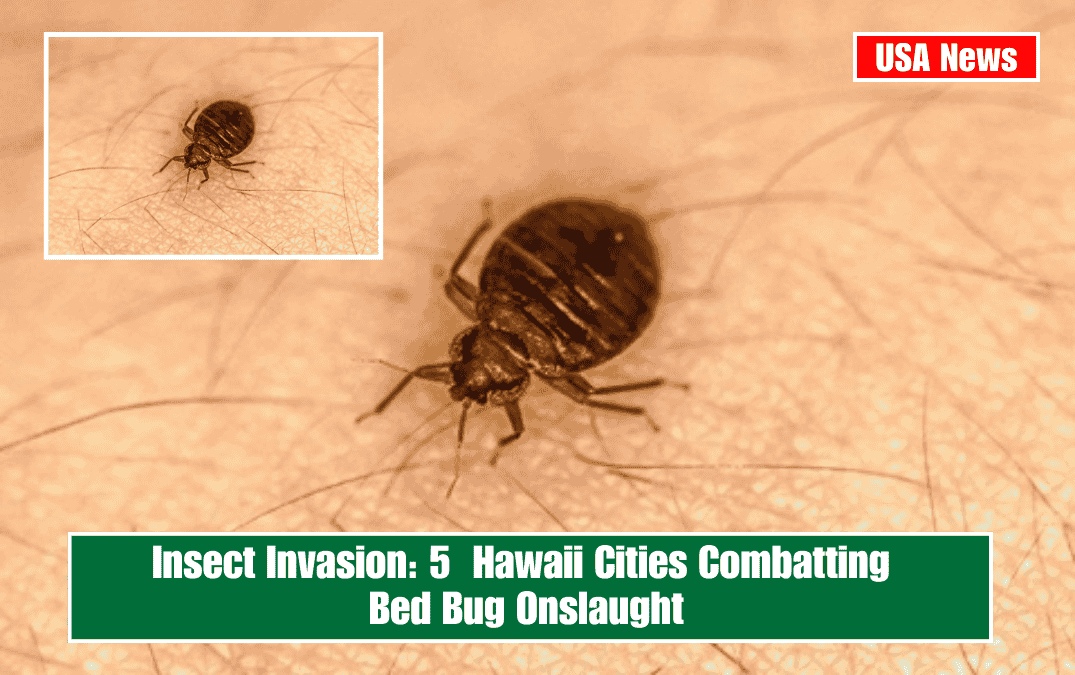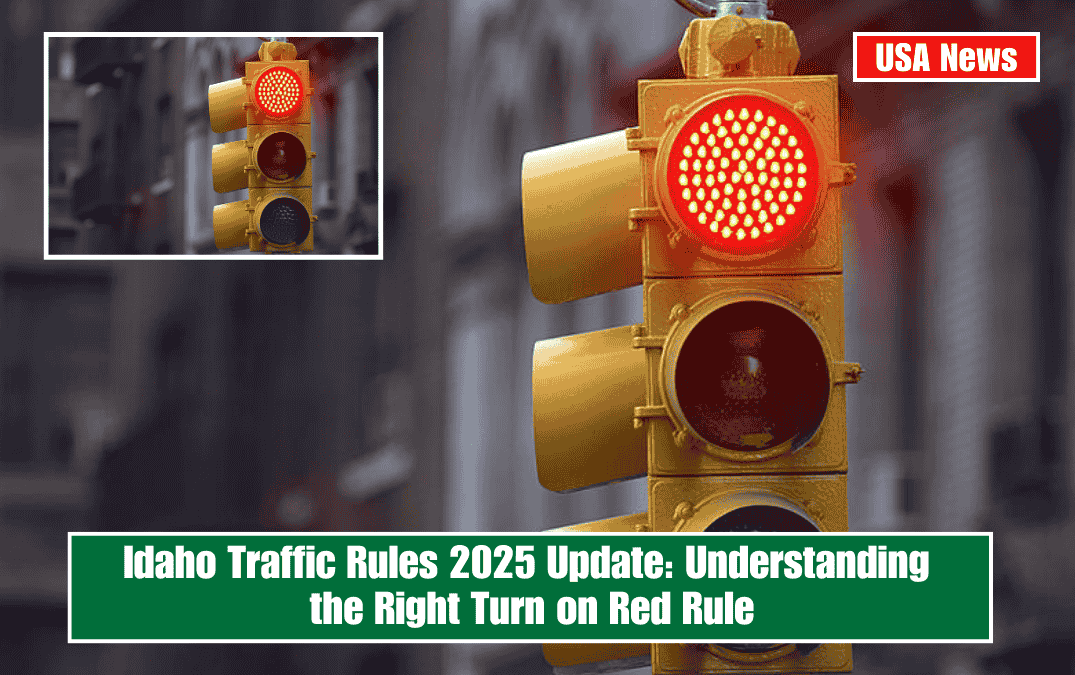Supplemental Security Income (SSI) is financial assistance provided by the United States government to people with disabilities, adults over the age of 65, and children under the age of 18 with special needs. Essentially, it is a valuable monthly resource for covering basic expenses when income is limited.
This is not a loan, but rather an economic allocation that does not require repayment because it is a Social Security program for those in financial need. But, who qualifies? People over the age of 65 who are experiencing financial difficulties, as well as people with disabilities and other vulnerable populations, are considered eligible recipients.
How much money does Supplemental Security Income allocate in 2025?
Who qualifies? If you fit into any of these categories and have the necessary income and resources, you may be eligible. SSI does not require a work history, so it makes no difference if you have previously worked. Of course, you must be a citizen or legal resident.
Oh, and if you live with your partner and apply together, things improve because your payments will increase.
The maximum amount for an SSI beneficiary is $976 per month in 2025, while for a couple who live together and apply together (as previously stated), the amount is $1,450. SSI provides a maximum of $484 to beneficiaries who require essential care to assist them in their daily activities as a result of their disabilities.
Regarding payment dates, the money is delivered on the first of each month. However, if the first of the month falls on a weekend or holiday, it is moved to the previous Friday or business day. So don’t worry if the calendar becomes complicated: you’ll never run out of money on time.
Upcoming SSI payments
In February 2025, the SSI payment was already sent, following this logic of advancing dates. Since February 1 was a Saturday, the payment was sent on January 31.
The same thing will happen in March, because March 1 is also a Saturday, and the payment will be advanced to February 28. This will happen a few more times in May, September, and November, and the payment for January 2026 will be moved to December 31st.
What happens if the payment doesn’t arrive? Don’t worry; there is a solution. The first step is to contact the Social Security Administration (SSA). Call 1-800-772-1213 (between 7 a.m. and 7 p.m., Monday through Friday) or visit ssa.gov to check your account status.
Keep your Social Security number and personal information on hand. They assist you in tracking down any errors that may have occurred. But take care! Before calling, make sure your direct deposit information is up to date.













